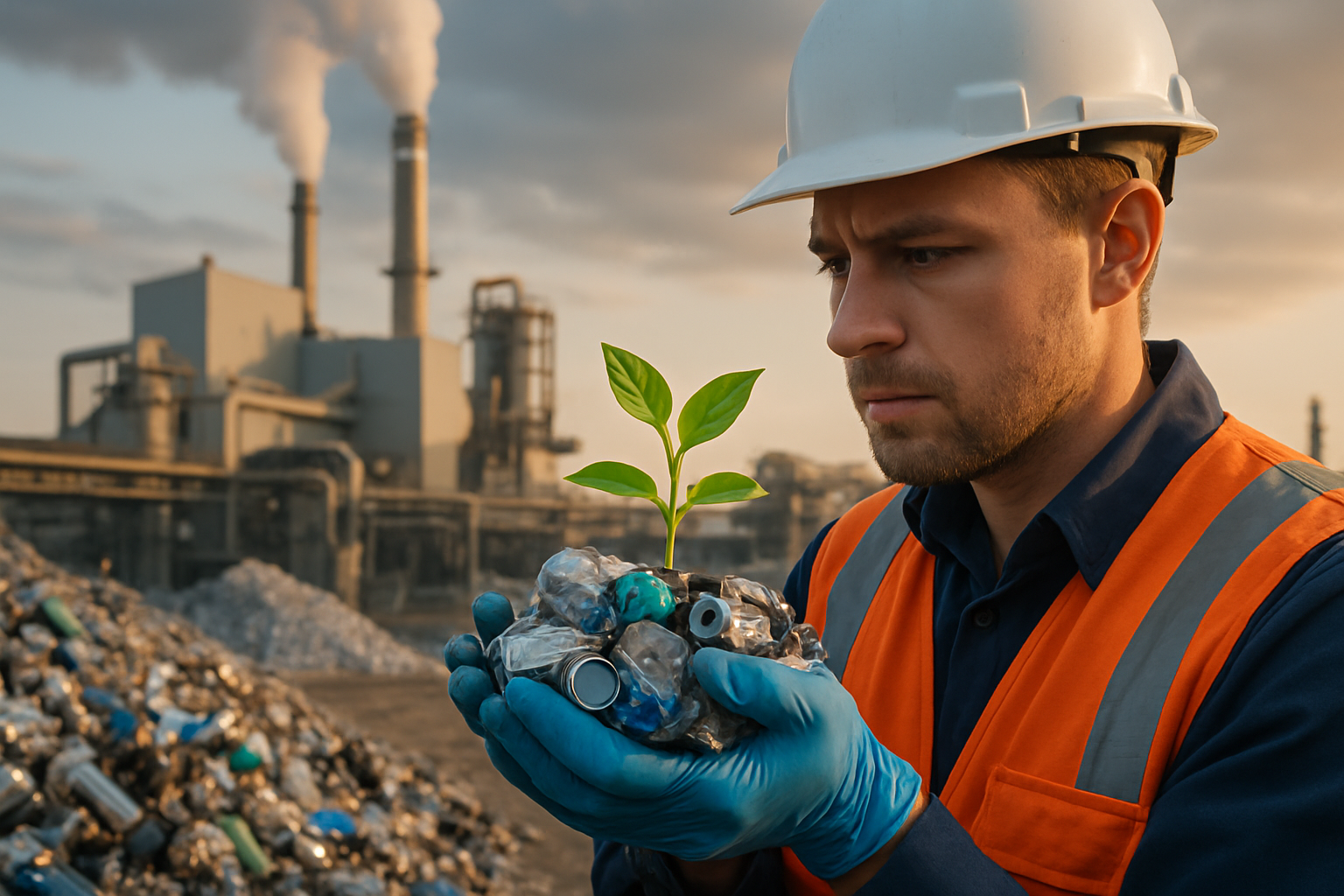Blue Beauty: Creating Sustainable Self-Care Practices
The cosmetics industry generates over 120 billion units of packaging annually, with most destined for landfills within a year of purchase. This alarming statistic has sparked a revolution within beauty circles that extends far beyond typical "green" marketing claims. Blue Beauty—an evolution of clean beauty—focuses on protecting our oceans, regenerating ecosystems, and creating circular beauty economies that leave positive environmental footprints. Unlike its predecessor "green beauty" which primarily addressed human health concerns, this movement confronts beauty's environmental impact through innovative packaging solutions, water conservation techniques, and carbon-negative manufacturing processes. Pioneering beauty entrepreneurs are reinventing everything from ingredient sourcing to disposal methods, transforming an industry once notorious for its environmental negligence into a potential solution for ocean preservation and climate resilience.

The Origins of Blue Beauty
Blue Beauty emerged around 2018 when conscious beauty advocates recognized that “clean” and “green” standards weren’t addressing the beauty industry’s most devastating environmental impacts. While green beauty focused on eliminating potentially harmful ingredients, Blue Beauty expanded this mission to include water conservation, plastic pollution reduction, and ocean ecosystem protection. The term was popularized by beauty industry veteran Jeannie Jarnot, founder of Beauty Heroes, who envisioned a beauty industry that actively reversed environmental damage rather than simply reducing harm. Unlike previous sustainability movements that prioritized human health benefits, Blue Beauty places aquatic ecosystems at the center of product development and business practices. This paradigm shift came in response to alarming research about plastic microbeads found in cosmetics accumulating in oceans, along with evidence that common sunscreen ingredients were contributing to coral reef destruction worldwide.
Beyond the Bottle: Revolutionary Packaging Innovations
Blue Beauty brands are pioneering packaging solutions that extend far beyond recycled plastic. Leading companies are exploring biodegradable seaweed-based packaging that dissolves in water without releasing microplastics. Others utilize mushroom mycelium to create protective containers that compost fully within 45 days. Some brands have eliminated packaging entirely with innovative solid formulations—solid shampoos, conditioners, and even serums that require no bottle at all. The movement has also inspired “reverse logistics” programs where consumers return empty containers to brands for sterilization and refilling, creating closed-loop systems. Perhaps most impressively, several companies have developed packaging materials made from reclaimed ocean plastic, employing coastal communities in plastic collection efforts and establishing circular economic models that improve marine environments while providing sustainable livelihoods. These innovations represent fundamental manufacturing shifts rather than mere marketing tactics.
Water-Conscious Formulation: The Waterless Revolution
Water typically comprises 70-80% of conventional beauty products, a particularly problematic statistic given growing global water scarcity. Blue Beauty pioneers are developing sophisticated waterless and water-minimal formulations that address this environmental concern while delivering superior performance. Concentrated products requiring reconstitution at home reduce shipping weight and carbon emissions while eliminating unnecessary water content. Powder-to-foam cleansers, solid moisturizer concentrates, and oil-based serums maximize ingredient potency while minimizing water usage. This formulation approach also naturally extends product shelf-life, reducing preservative requirements and potential ecosystem impacts. Some manufacturers have implemented closed-loop water systems in their facilities, recycling manufacturing water multiple times before purification and release. The waterless trend represents both environmental consciousness and formulation innovation, delivering higher concentrations of active ingredients while significantly reducing the industry’s water footprint.
Regenerative Sourcing: Beyond Sustainability
Blue Beauty transcends sustainability by embracing regenerative practices that actively improve environments rather than merely preserving them. Leading brands partner with suppliers practicing regenerative agriculture, which restores soil health, increases biodiversity, and improves water retention—ultimately helping sequester atmospheric carbon. Marine ingredient harvesting follows strict principles that enhance ocean ecosystem health, such as seaweed cultivation methods that create new marine habitats while absorbing excess carbon dioxide and nitrogen from seawater. Some companies operate their own regenerative farms, ensuring complete supply chain transparency while implementing habitat restoration projects. This regenerative approach extends to social practices as well, with fair trade partnerships that restore traditional harvesting knowledge and provide sustainable livelihoods to coastal and indigenous communities. The movement aims to create beauty products that leave environments healthier than before human intervention—a fundamental shift from traditional sustainability’s “do less harm” philosophy.
Measurable Impact: Beyond Marketing Claims
While conventional beauty brands often make vague environmental claims, Blue Beauty pioneers implement rigorous impact measurement protocols and transparent reporting standards. These companies track metrics like water usage per product unit, carbon footprint throughout the supply chain, and plastic diversion from oceans. Leading brands undergo third-party certification processes such as B Corp assessment, Climate Neutral verification, and Plastic Neutral certification. Some develop proprietary environmental impact scorecards shared publicly with customers, allowing informed purchasing decisions. Beyond measurement, many companies commit to continuous improvement targets, pledging annual reductions in environmental impact metrics regardless of business growth. This commitment to measurable outcomes and transparent reporting distinguishes legitimate Blue Beauty brands from those engaged in “blue-washing”—making unfounded environmental claims for marketing purposes without substantive action.
The Future: From Niche to Industry Standard
What began as a niche movement is rapidly transforming mainstream beauty manufacturing and consumer expectations. Industry analysts predict Blue Beauty principles will become standard practice within a decade, driven by consumer demand, regulatory pressure, and climate change impacts on supply chains. Major beauty conglomerates are acquiring pioneering Blue Beauty brands and implementing their innovations across conventional product lines. Retail giants are establishing Blue Beauty certification standards and dedicated shelf space, making ocean-friendly products more accessible to mainstream consumers. Perhaps most significantly, industry collaborations are emerging to address systemic challenges like packaging standardization, ingredient transparency, and shared recycling infrastructure. As Blue Beauty principles become industry standards rather than competitive advantages, the movement’s focus shifts toward continuous innovation and raising environmental performance benchmarks. The ultimate vision is a beauty industry that serves as a model for other consumer sectors—demonstrating how businesses can thrive while actively regenerating natural environments.





